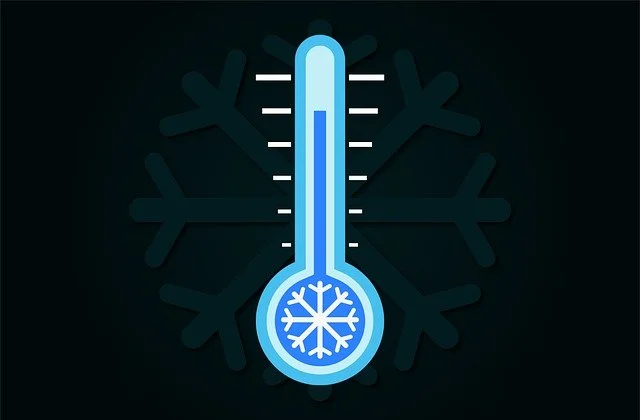A functional water heater is something that many homeowners take for granted. Whether you’re doing dishes, washing clothes or taking a shower, you’ll probably be using hot water. Your water heater is responsible for providing this hot water. Water heaters, however, can suffer from sediment buildup. Failure to flush out this sediment can affect your water heater in several ways.
What Is Sediment Buildup?
Sediment buildup is used to describe the accumulation of hard water minerals within a water heater. The water entering your home probably contains minerals such as calcium and magnesium. Known as hard water minerals, they typically don’t pose any risk to you and your family’s health. Calcium and magnesium, in fact, are essential nutrients that promote strong bones. As these minerals travel through your water heater, though, they may build up.
Clogged Filter
Sediment buildup can result in a clogged filter. Most water heaters have a filter. Consisting of a mesh screen, it’s designed to capture particulate matter. Your water heater’s filter may become clogged with sediment. As the sediment continues to build up, it will restrict the flow of water.
Insulates the Heating Element
Another way that sediment buildup can affect your water heater is by insulating the heating element. All water heaters have a heating element (or multiple heating elements). It’s the device, such as an electric heating coil, that’s responsible for heating the water. If left unchecked, sediment may form a barrier between the heating element and the water. The sediment will essentially act as insulation, making it harder for your water heater to perform its job.
Leaking T&P Valve
Your water heater’s temperature and pressure (T&P) valve may leak due to sediment buildup. T&P valves are designed to relieve excess pressure. They are exclusive to traditional tank-style water heaters. If you have a tank-style water heater, it will likely feature a T&P valve for safety purposes.
Sediment buildup can make your water heater work harder. The heating element may stay hot for a longer period, for instance. This additional heat will increase the pressure inside of your water heater while straining the T&P valve.
Higher Energy Bills
Your energy bills may be higher with sediment buildup in your water heater. Water heaters consume energy. Some of them consume electricity, whereas others consume gas. Regardless, your water heater will consume energy to heat your home’s water. If there’s too much sediment in it, your water heater will consume an excessive amount of energy, resulting in higher energy bills.




















